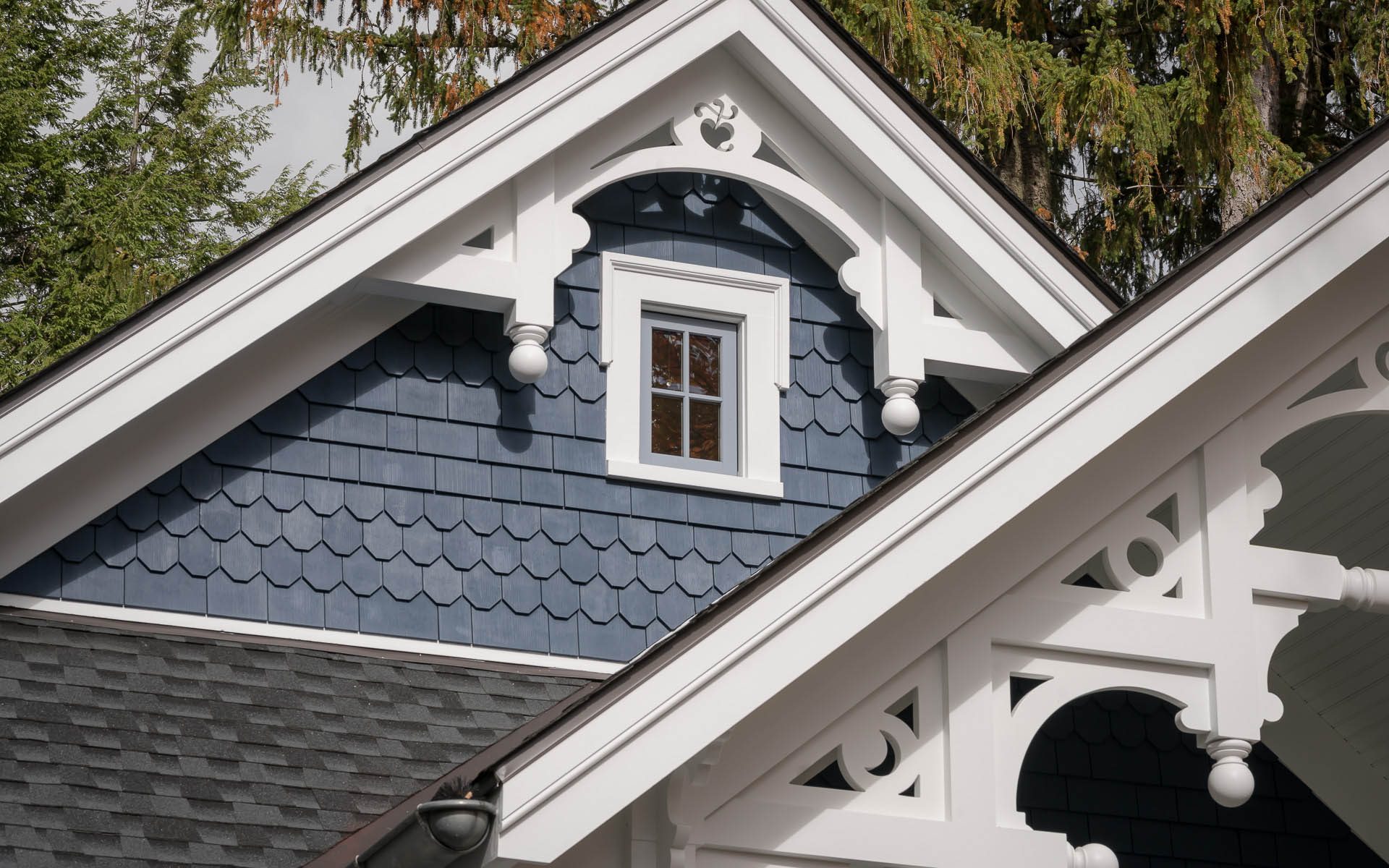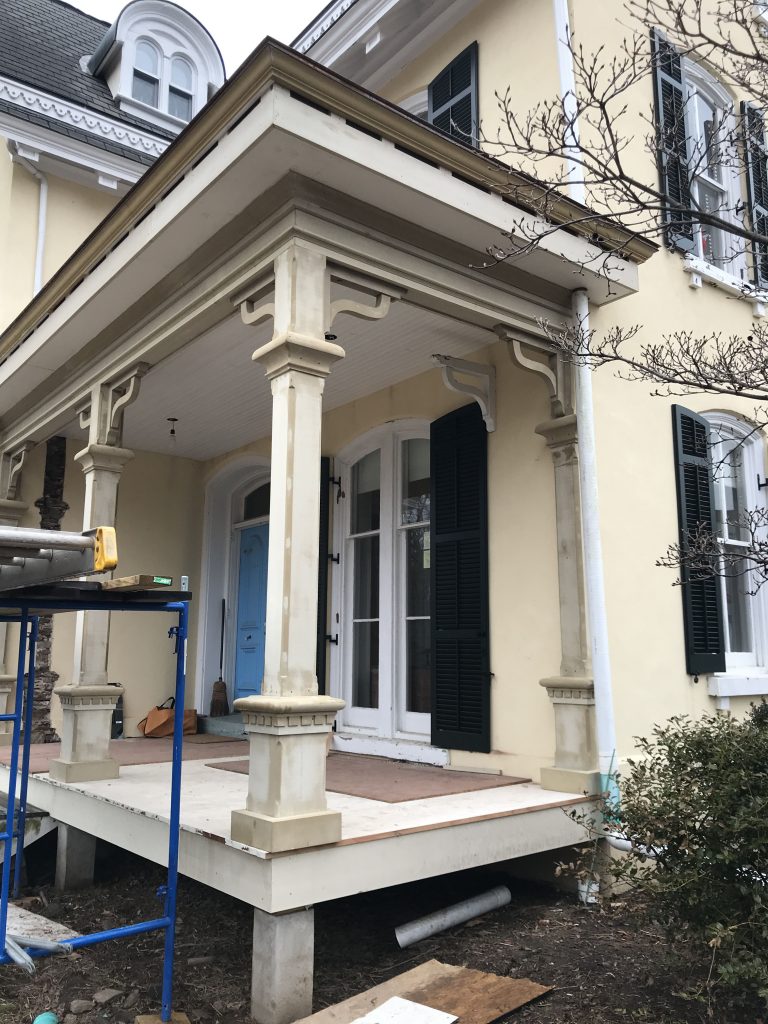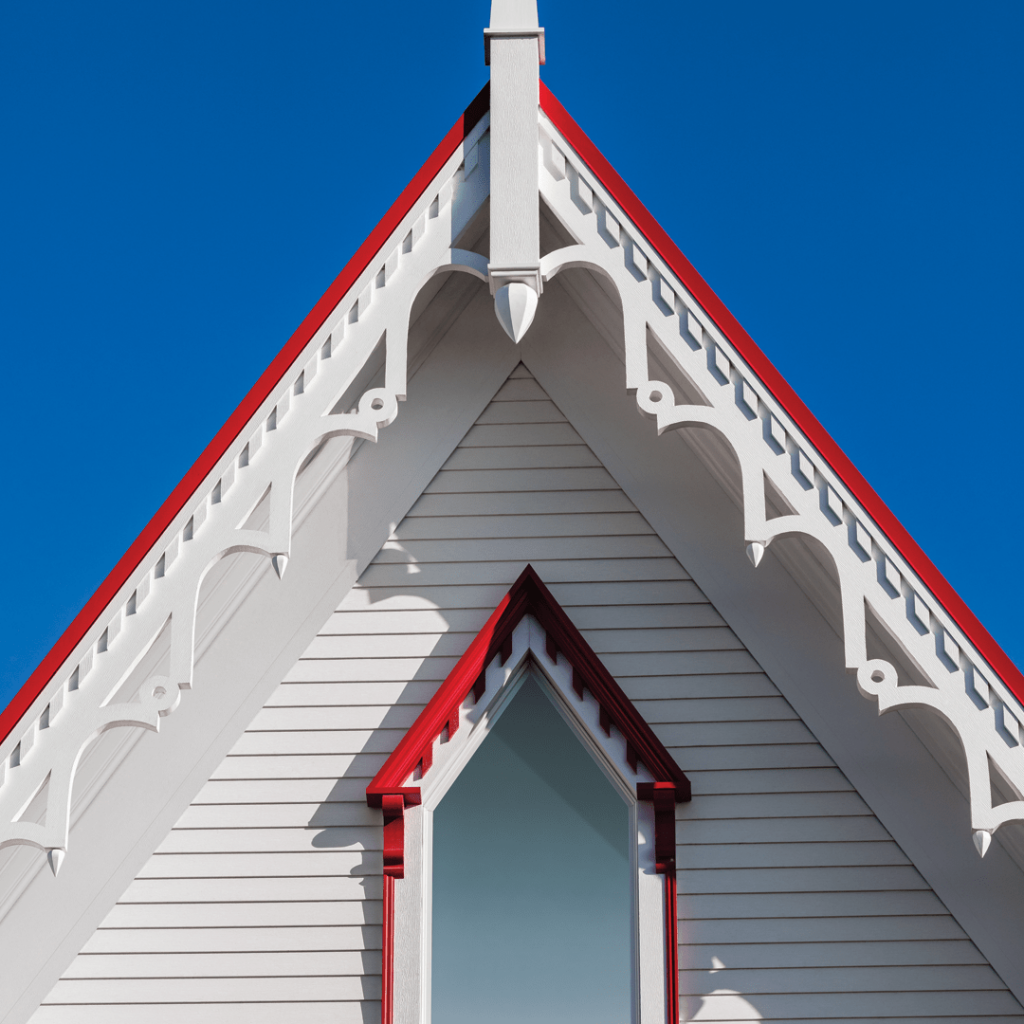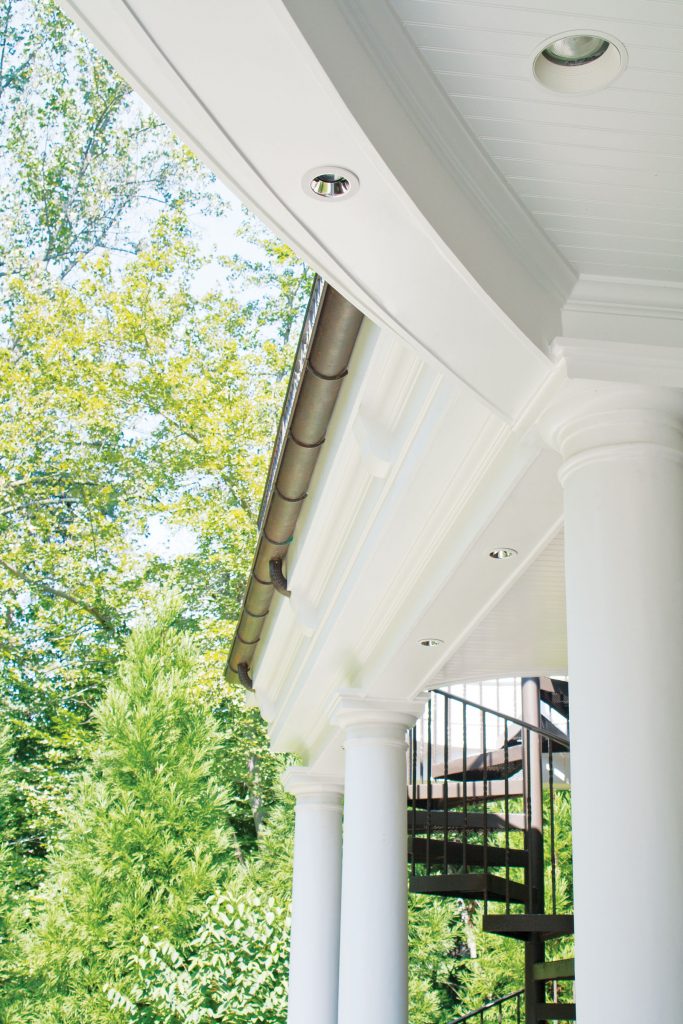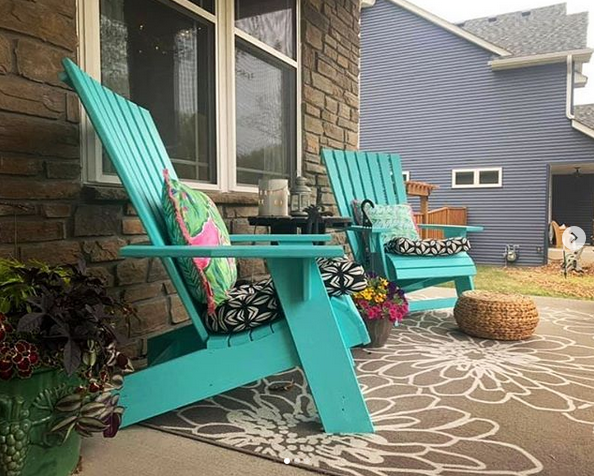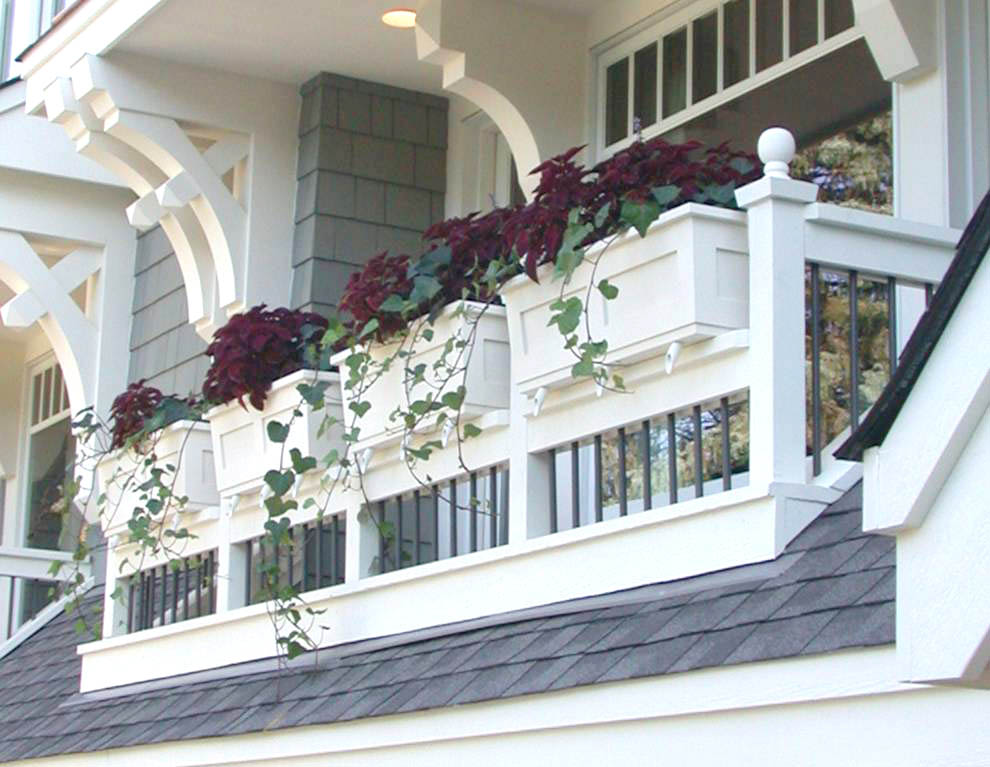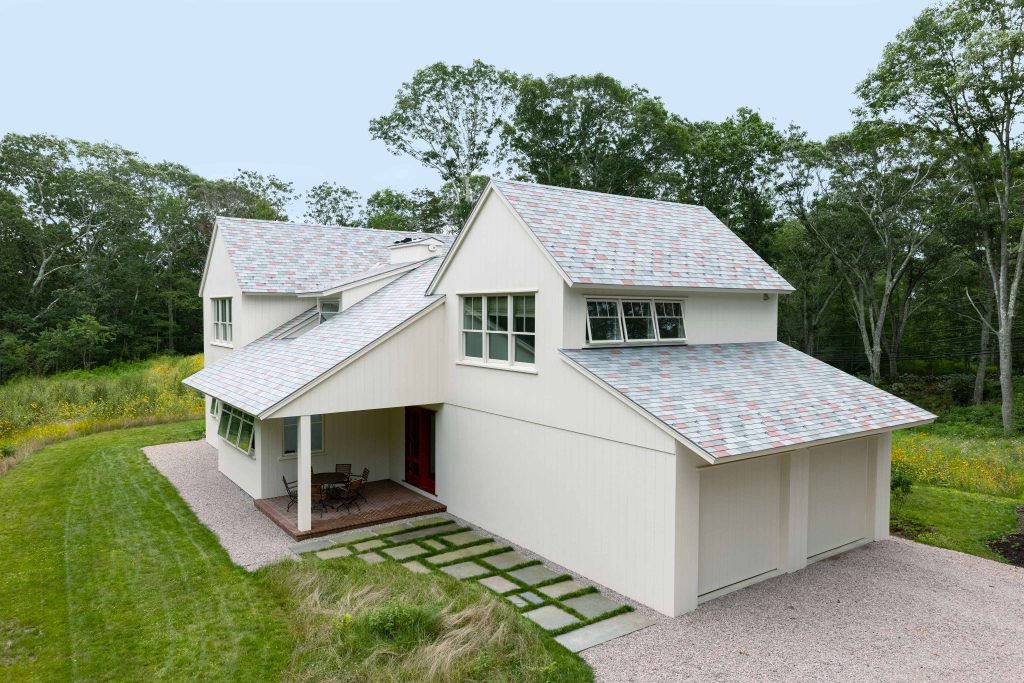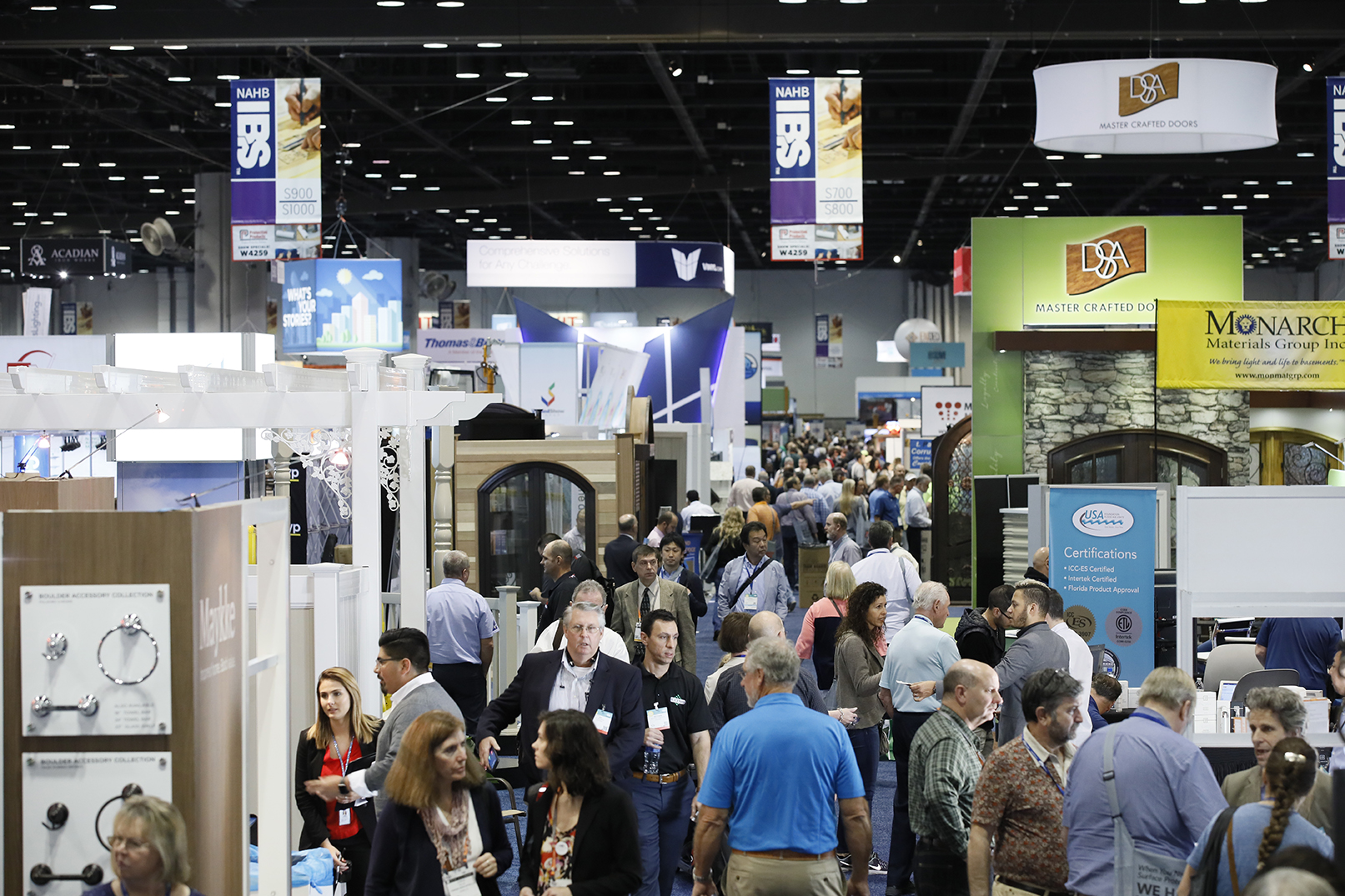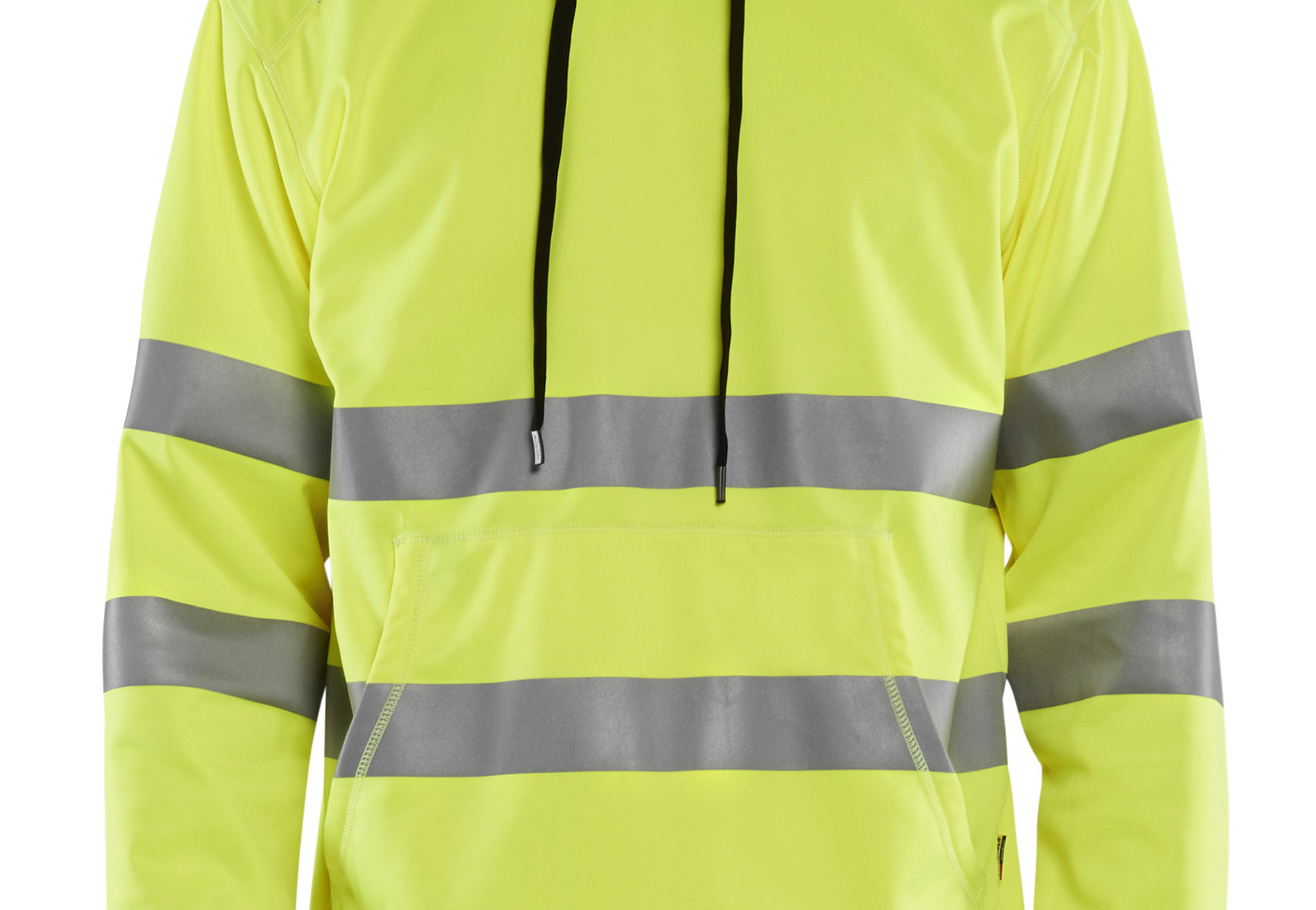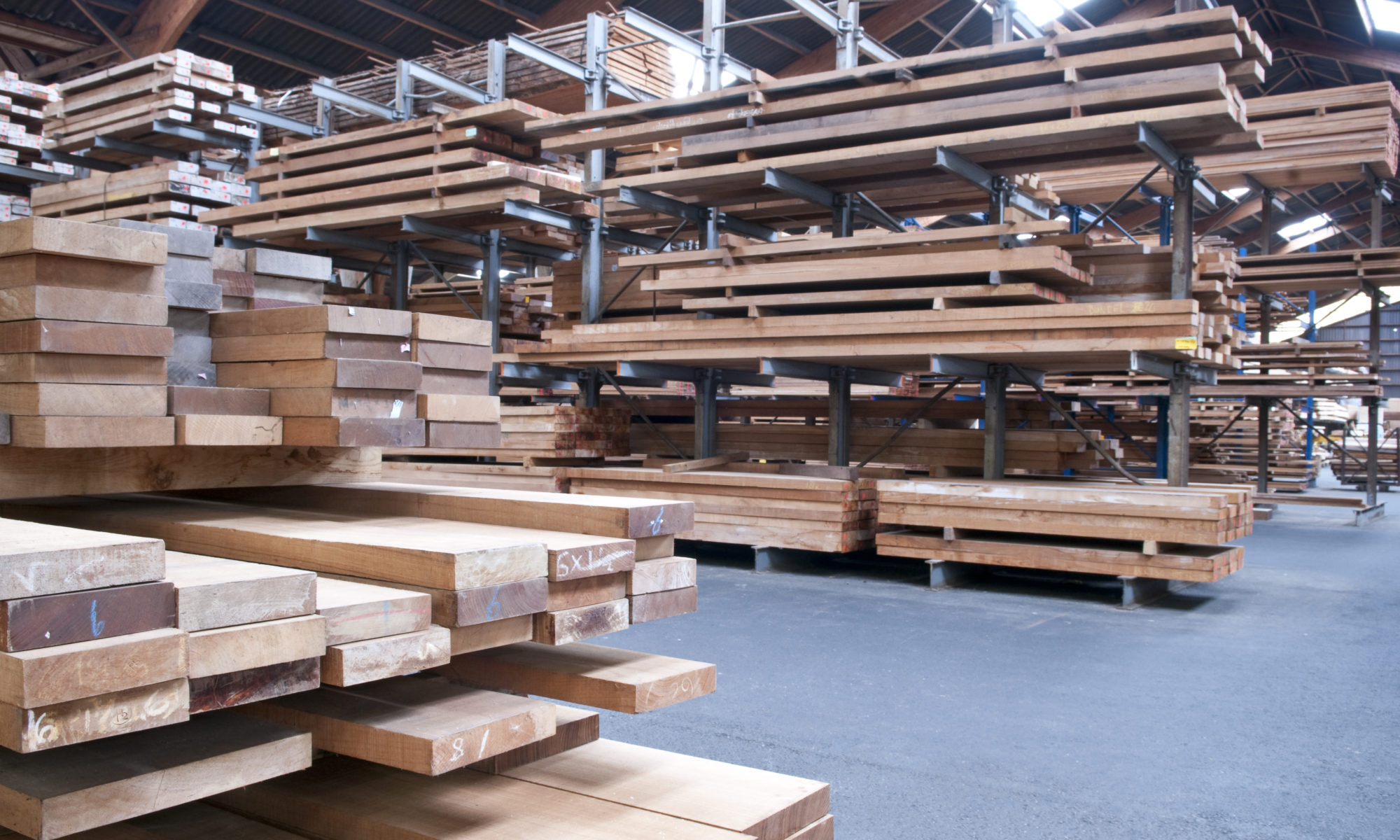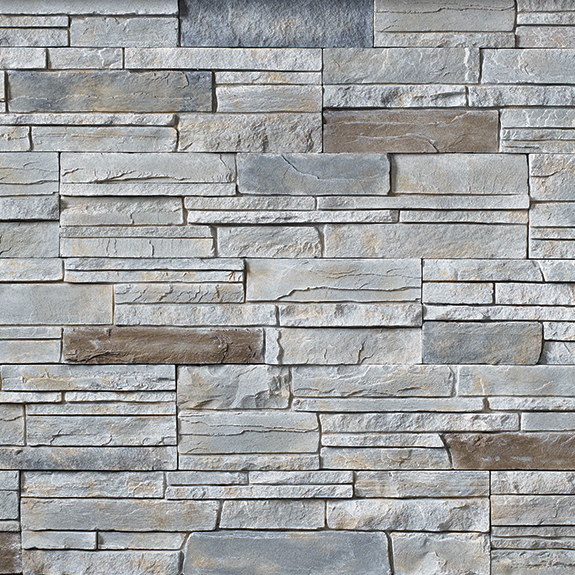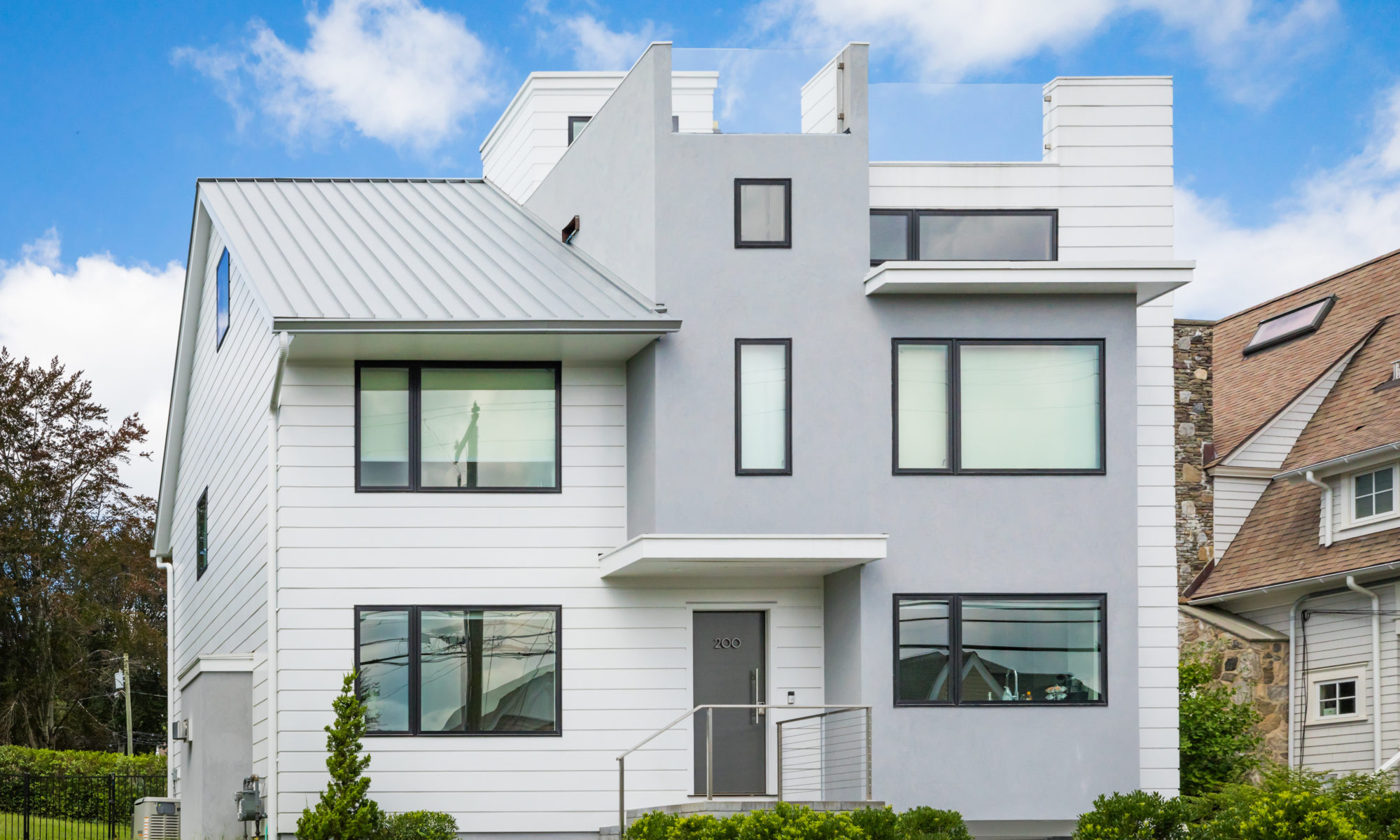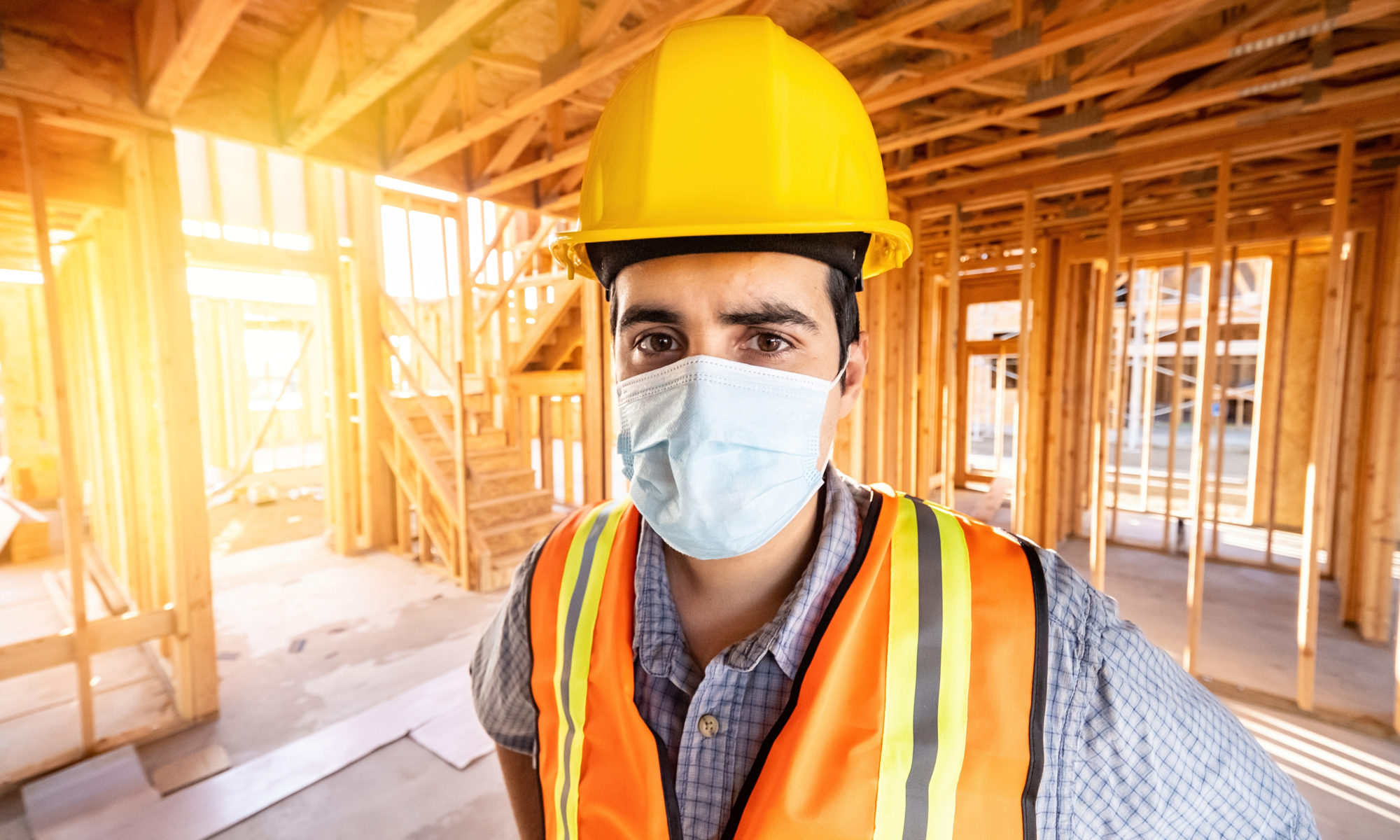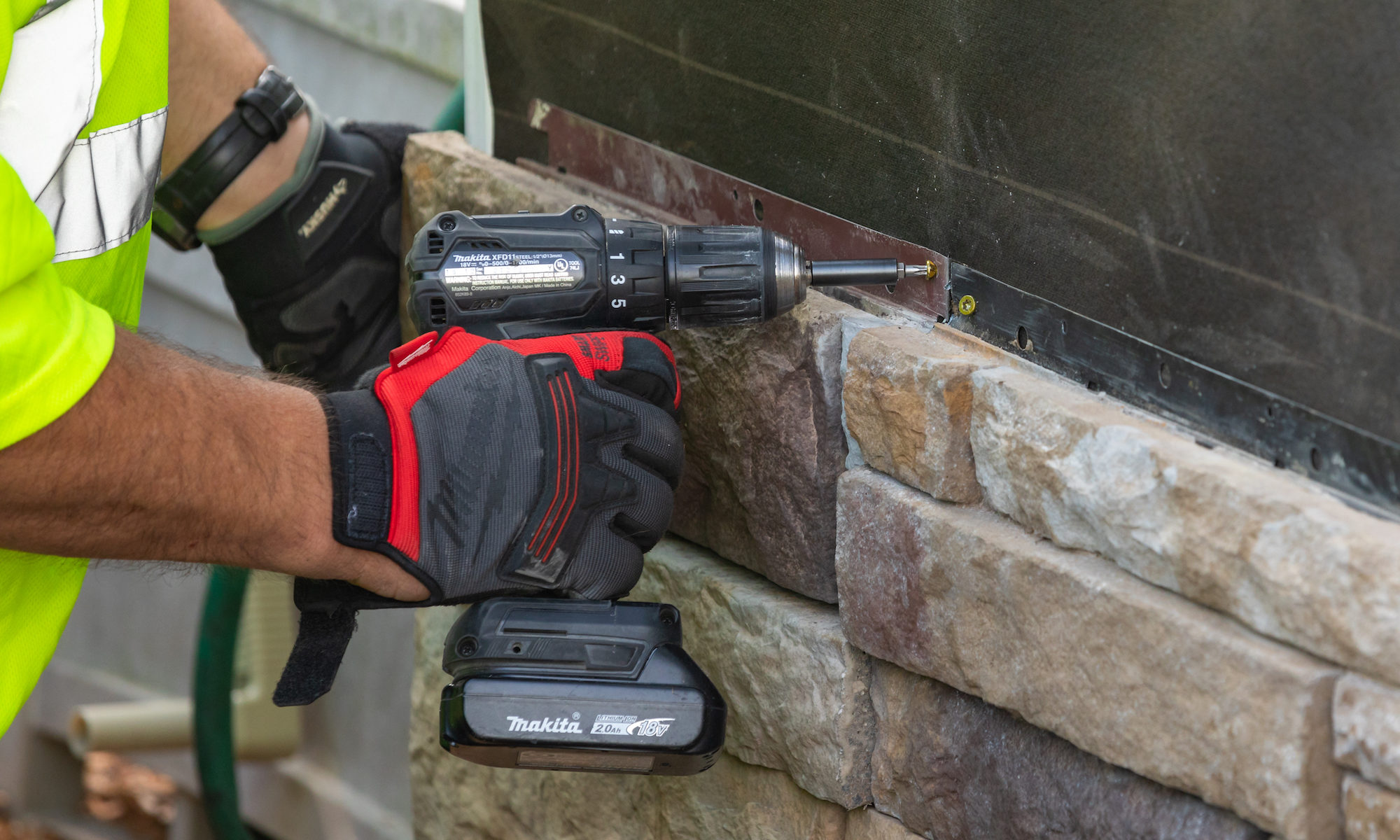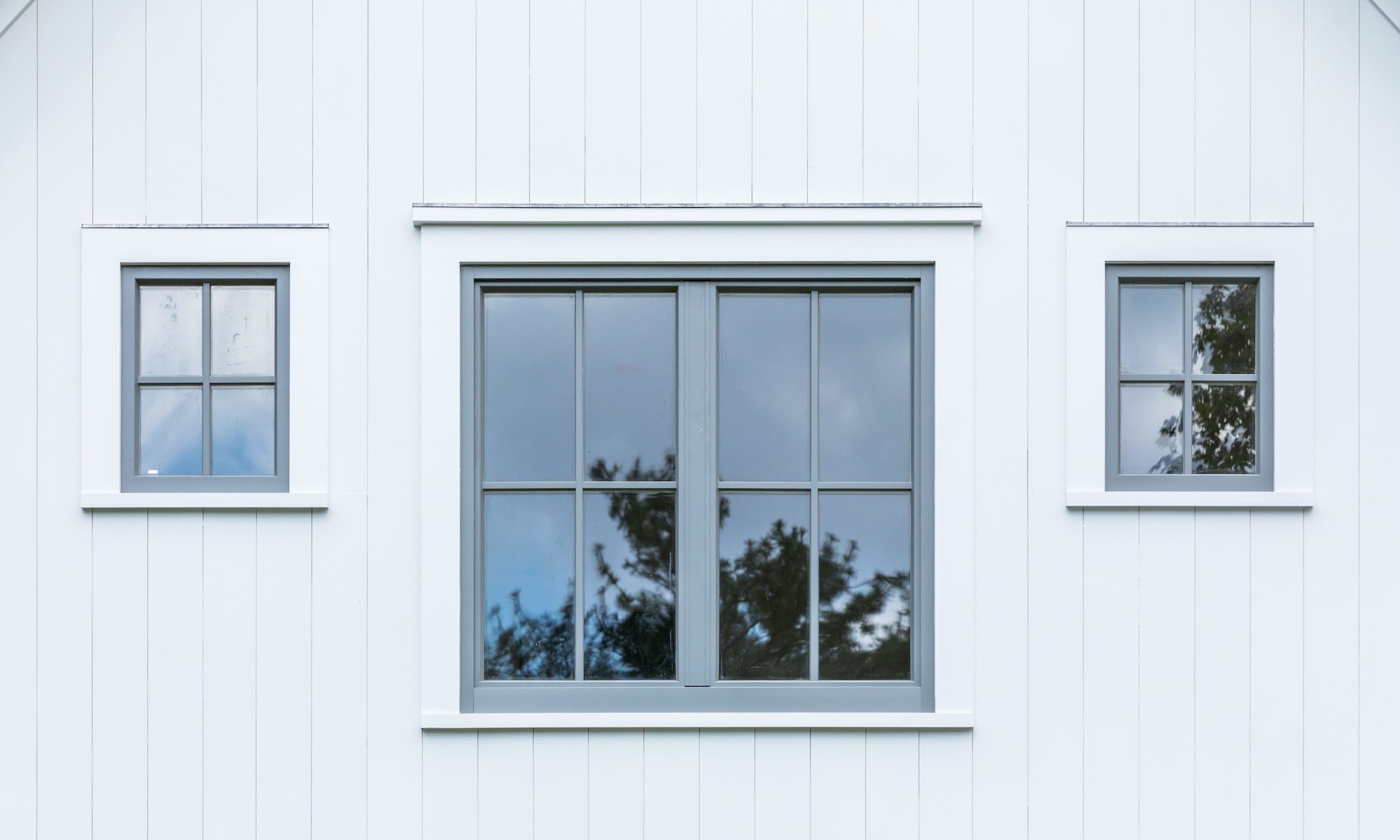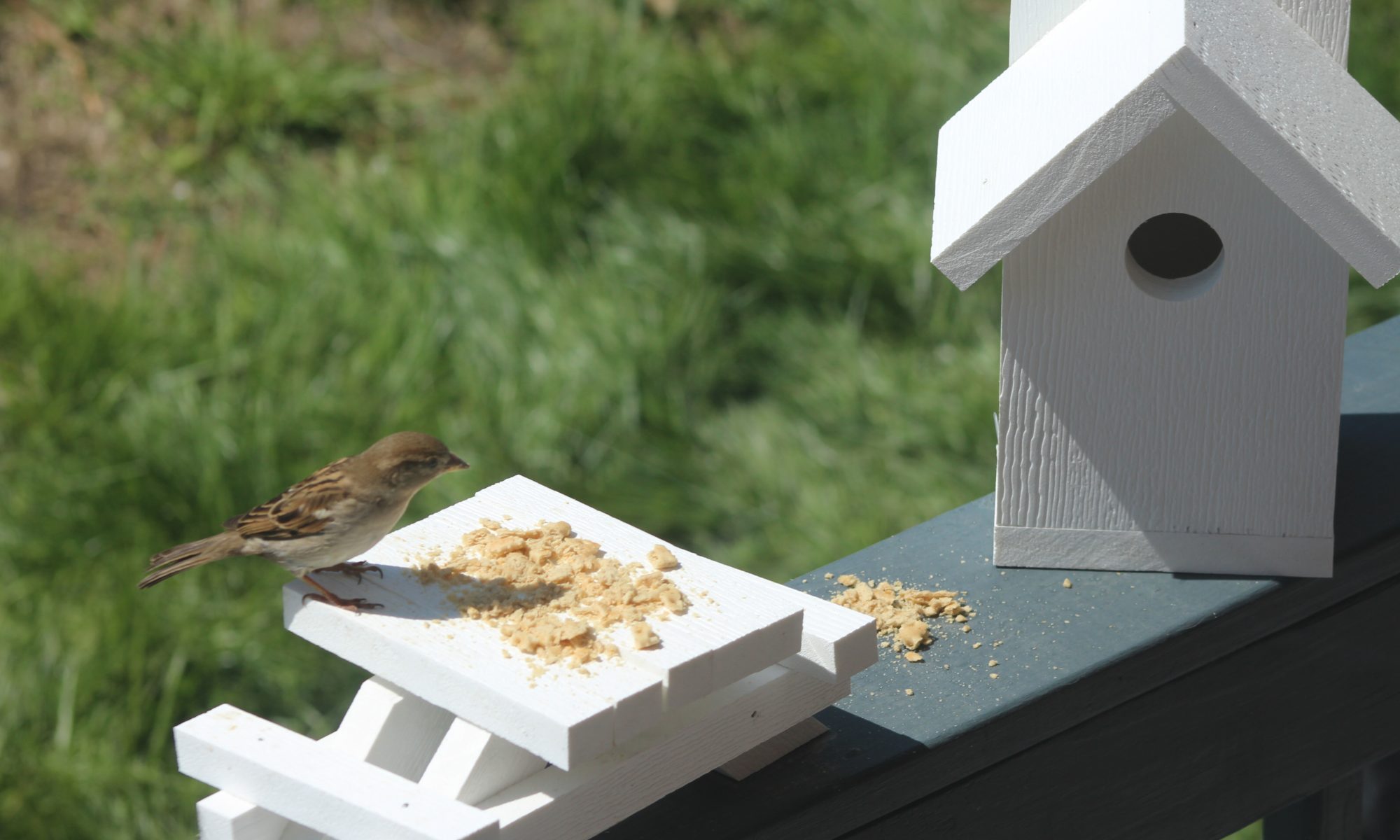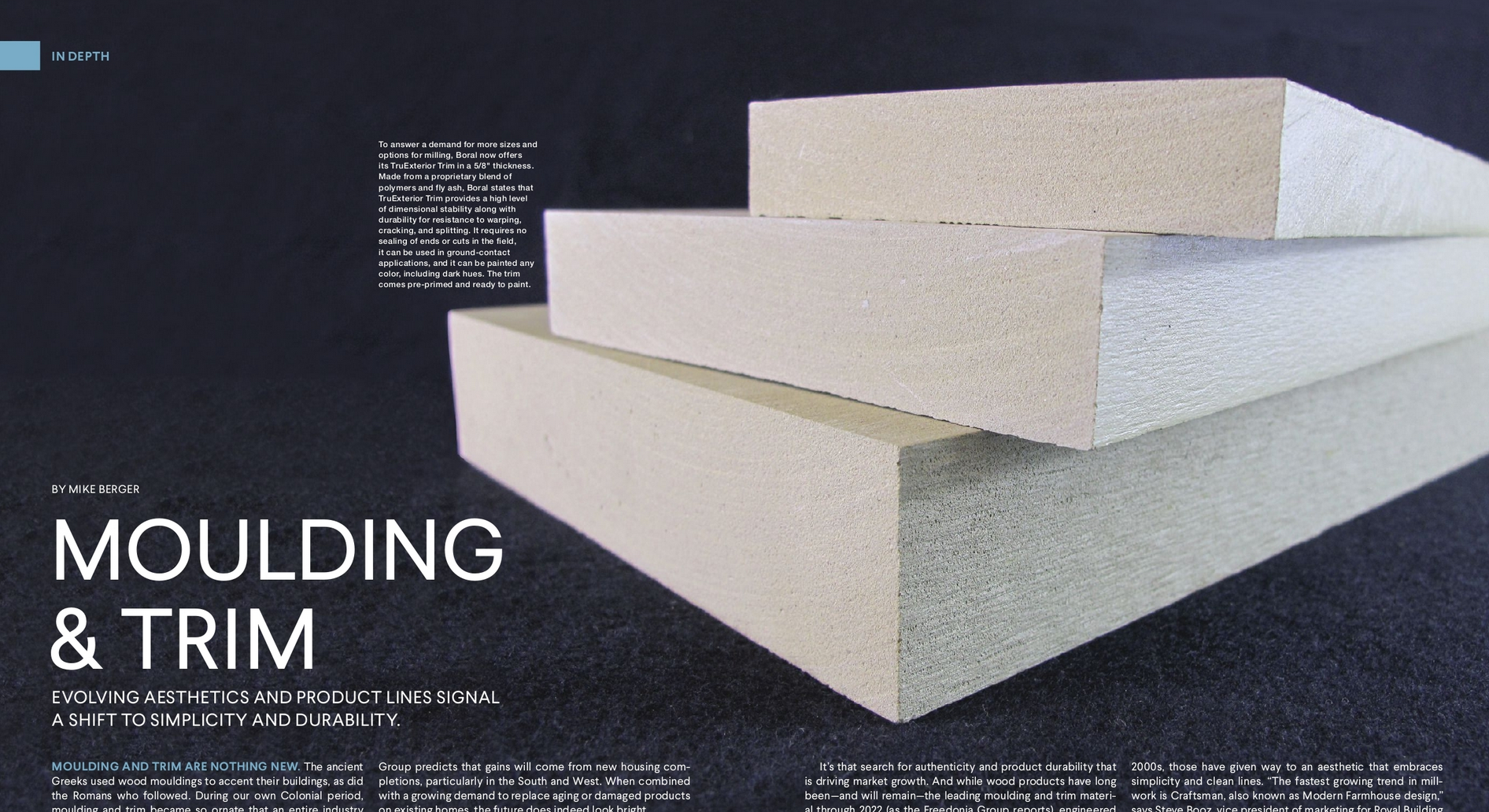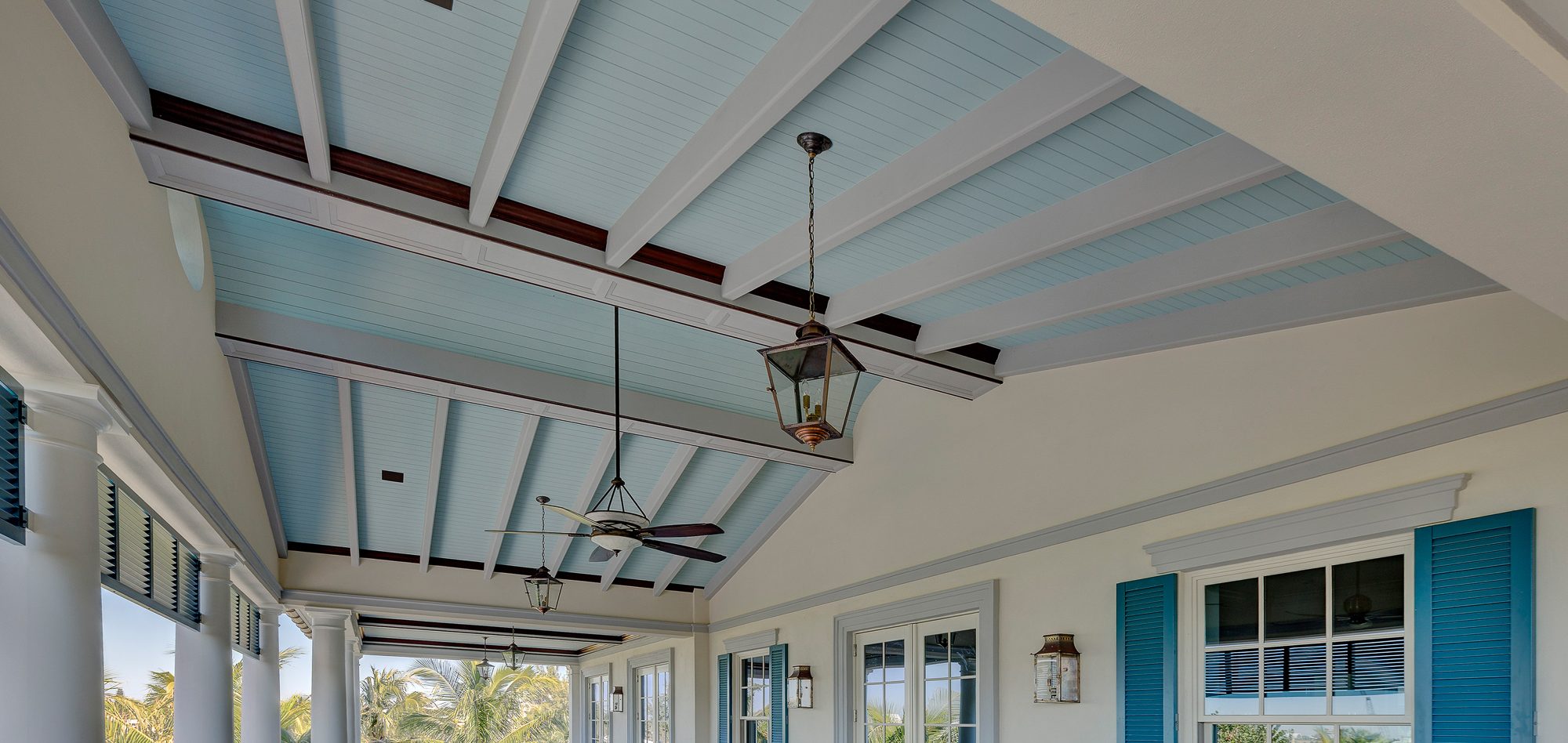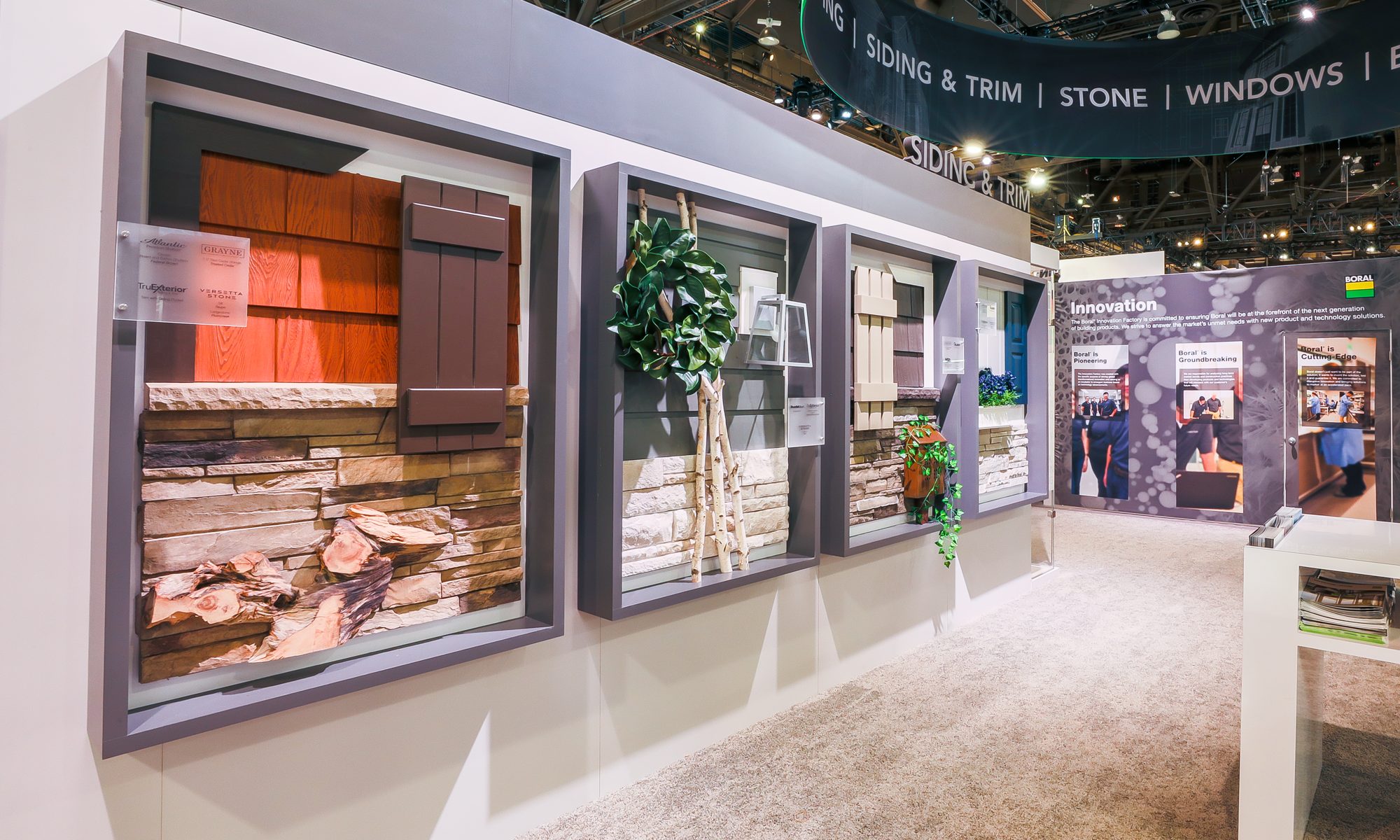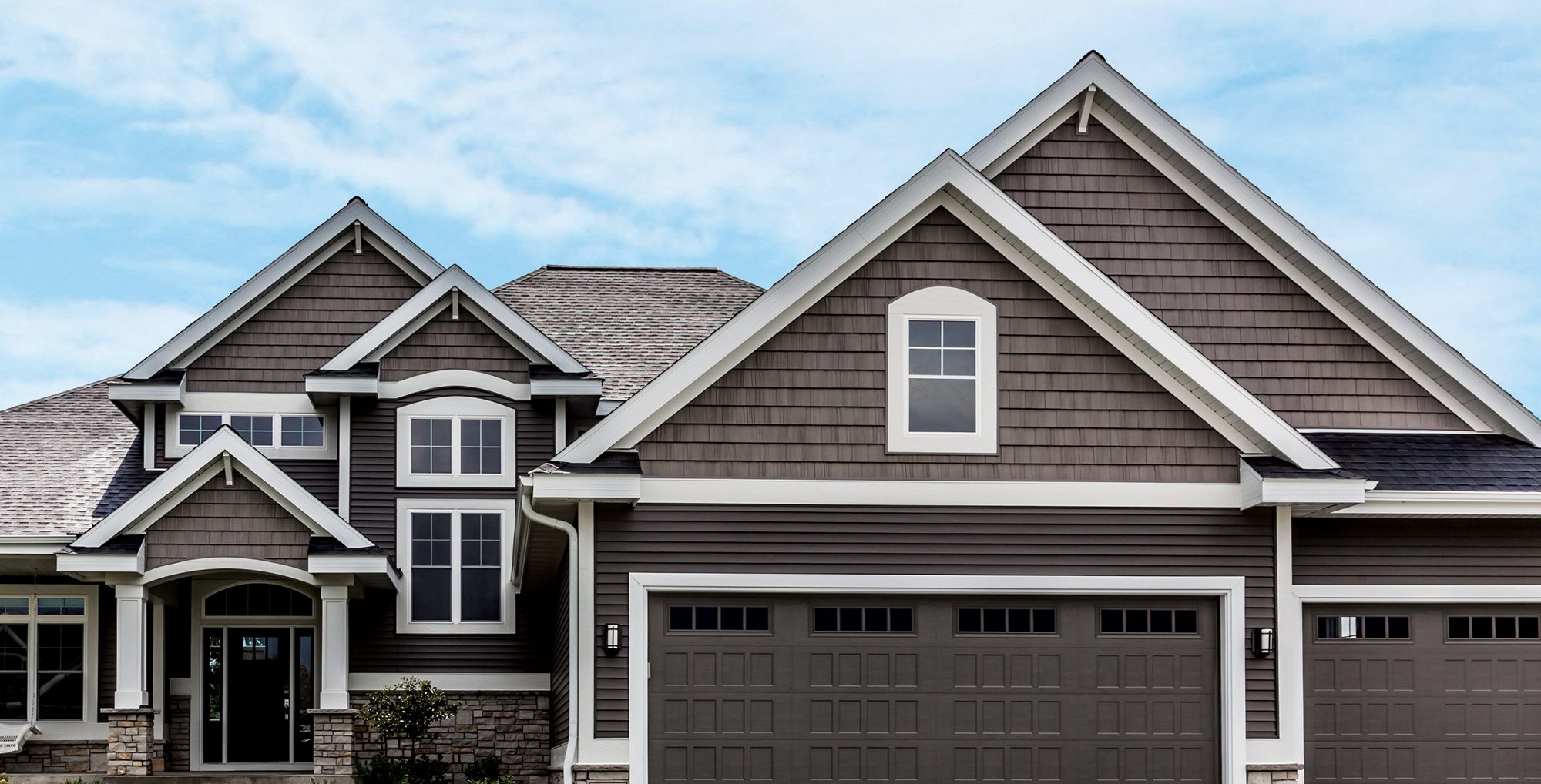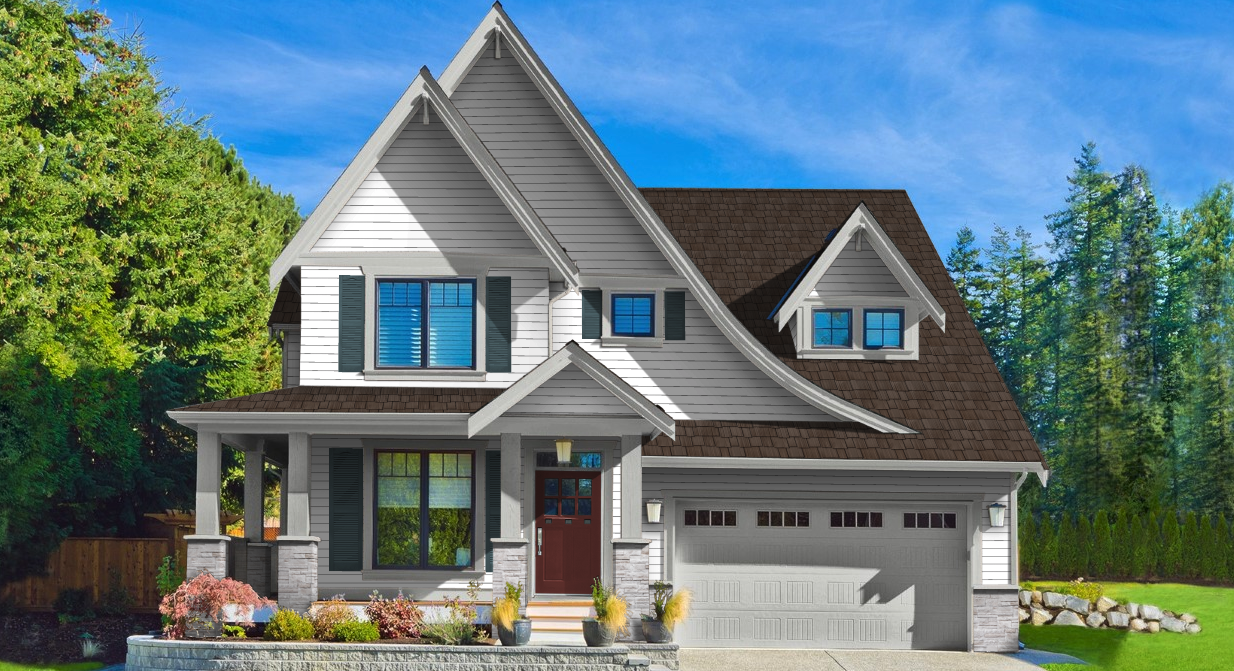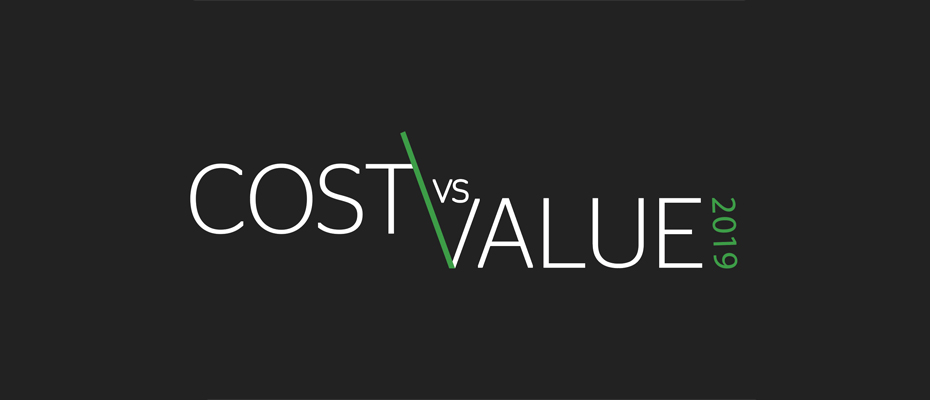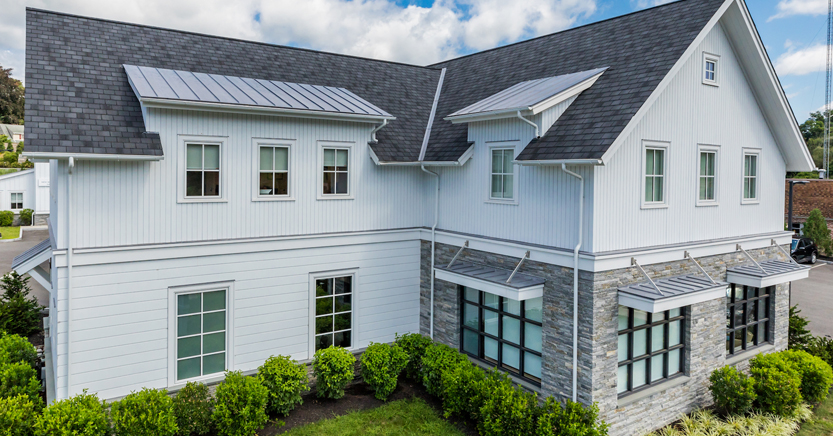One of the most enduring trends in home exteriors today is multi-textured, varied facades. Homeowners and homebuyers tired of ho-hum, cookie-cutter houses are seeking out aesthetics to add an eye-catching pop that increases curb appeal and helps differentiate them from others on the block. For production builders, these changes can create a more appealing streetscape in communities with limited elevations.
There are a range of methods to create visual texture on the exterior façade, including blending different cladding and trim materials, mixing different profiles, and incorporating variations in color. Gables and bumpouts offer a logical place for shakes, vertical cladding, or complementary colors to elevate the façade’s dimensionality. Or consider a bold color or robust stone look for added drama.
Here are a few strategies to keep in mind as you experiment with multi-textured facades.
Play with Placement
Before you select colors and materials, take some time to play with placement. We recommend adding accent cladding (often shake, board and batten, or manufactured stone) in ways that highlight an architectural feature, like gables, a bumpout, or a new addition.
Create a Color Scheme
Working within a set color scheme will help you narrow down your cladding choices. Some homeowners may prefer to use different siding profiles in the same color to create subtle visual interest. Others like the look of complementary colors, or are interested in a high-contrast color scheme.

Incorporate Texture
A textured look can be made literally, such as from more robust materials like stone, or visually, from movement between materials and authentic, wood-like profiles.
One of the most popular ways to elevate the facade is with a half wall of stone—such as with Versetta Stone panelized stone siding, Cultured Stone manufactured stone veneer, or Atlas Stone composite stone panels—with traditional siding above. In fact, adding a manufactured stone kneewall is so popular it offers the second-highest return on investment for renovation projects, according to the Remodeling 2022 Cost vs. Value Report.

The lighter weight of panelized or manufactured stone also makes it easy to create two-story accent walls with for a truly dramatic look.
Consider Resale
Resale value is always a concern when incorporating homeowners’ tastes and preferences, so it’s important to balance a look they love without adding elements that are too garish or that will quickly feel dated. Craftsman and Arts & Crafts looks never seem to fade from favor, for example, but a trendy color like burnt orange or avocado green likely will.
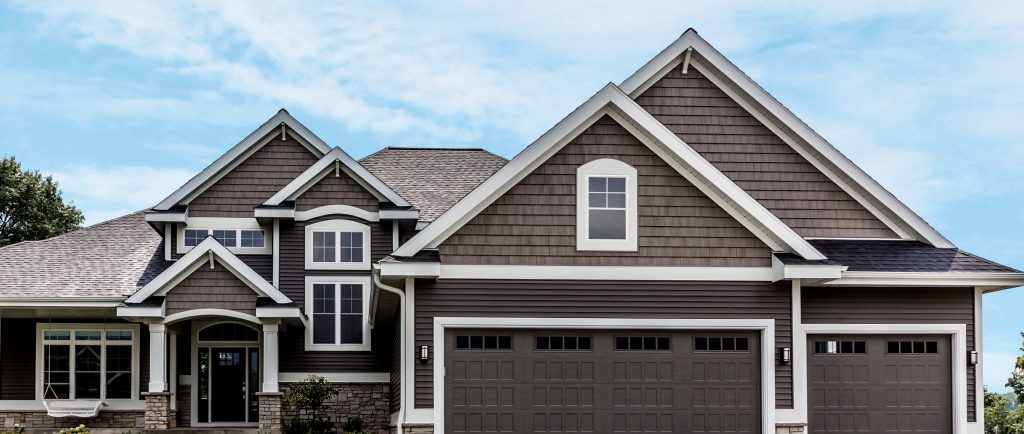
For homeowners who want to put their unique stamp on things, consider areas of the exterior that are easier to change out before resale, such as a chartreuse entry door or bright red shutters. Porch furniture, flower boxes, and bright flower beds are other ways to add bolder colors without making a hefty long-term commitment.
Stay Within the Home’s Style
Similarly, always consider the home’s overall style when incorporating different materials and profiles. For example, while shake gables are a popular approach, the texture will feel off-putting on a Southwest home. Modern-style homes are more likely to have multiple materials versus traditional, older homes. But the popularity of Modern Farmhouse has allowed buyers to create more varied looks while holding on to some authenticity.
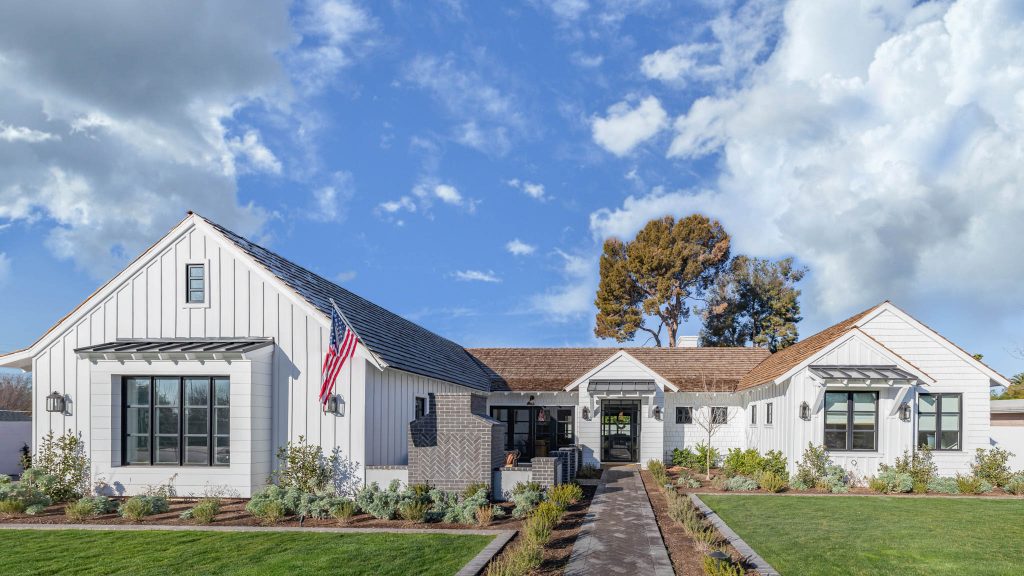
Don’t Forget the Exterior Accessories
Trim, shutters, and columns are an excellent way to infuse style and create variation in subtle ways. Dark trim is extremely popular, adding a dramatic look against white siding without going overboard.
Leverage Online Design Tools
With so many options, it can be overwhelming for pros and consumers alike to visualize how products and colors will look on the completed façade. Free online design tools, such as Westlake Royal Building Products’ Virtual Remodeler, HomePlay, and Dream Designer, allow you to preview different product combinations on an image of the home or a similar home. Users can mix and match siding materials, profiles, colors, and accessories, helping to better ensure confident product selections and a satisfying finished façade.
With a diverse, versatile portfolio of siding, trim, stone, and roofing brands, Westlake Royal Building Products makes it easy to create multi-textured facades. Learn more here.






